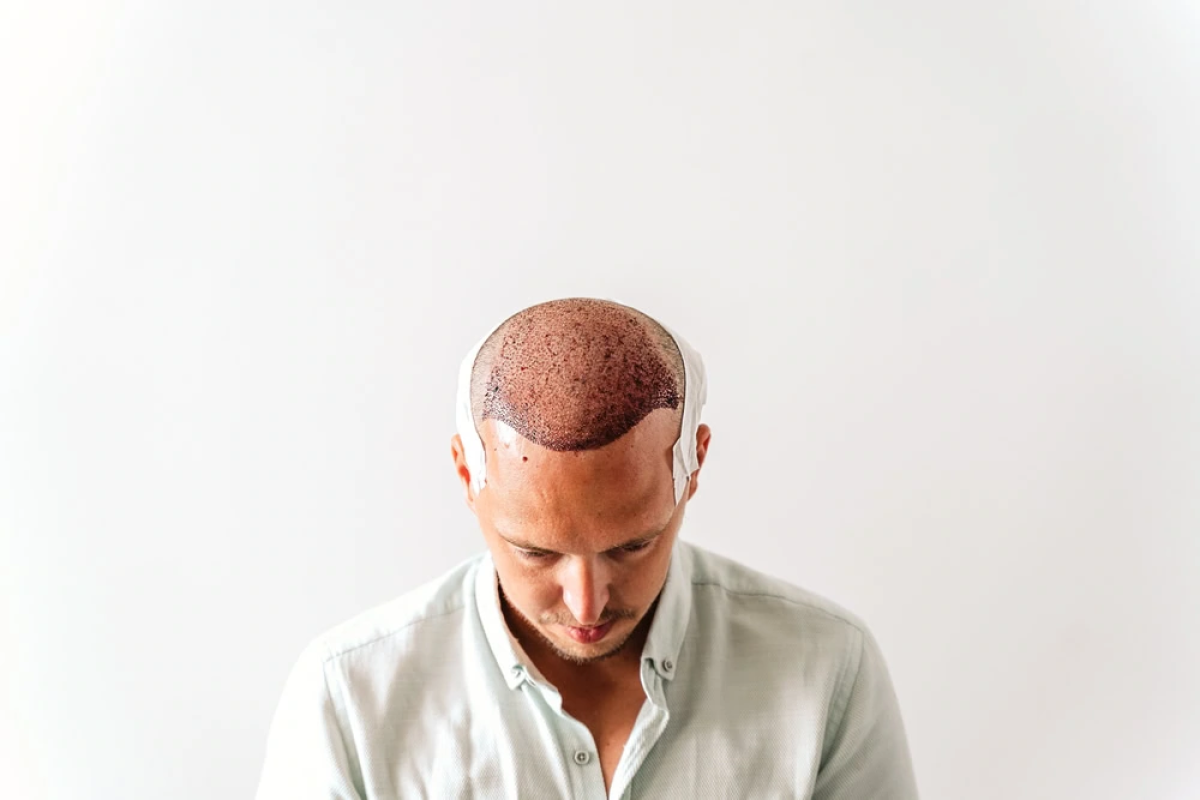Can A Male Hair Transplant Stop Future Hair Loss?
Hair loss is a common concern among men, and many seek solutions to restore their hairline and confidence. A Male Hair Transplant is a popular surgical procedure that involves relocating healthy hair follicles to thinning or balding areas. But the pressing question remains: Can a male hair transplant stop future hair loss? While the procedure effectively restores lost hair, its ability to prevent further hair loss depends on various factors, including genetics, aftercare, and ongoing hair maintenance. For those considering this treatment, understanding its long-term impact is crucial. If you're exploring options, a Male Hair Transplant in Dubai offers advanced techniques performed by skilled surgeons to deliver natural-looking results.
Understanding Male Hair Loss
What Causes Male Hair Loss?
Male hair loss, often referred to as male pattern baldness (androgenetic alopecia), is primarily driven by genetics and hormonal changes. The hormone dihydrotestosterone (DHT) shrinks hair follicles over time, leading to thinner hair and eventual baldness. Other factors include stress, poor nutrition, and medical conditions.
How Does a Male Hair Transplant Work?
A Male Hair Transplant involves extracting healthy hair follicles, typically from the back or sides of the scalp (donor area), and implanting them into balding regions. The two primary techniques are:
Follicular Unit Transplantation (FUT) – A strip of scalp is removed, and follicles are dissected and transplanted.
Follicular Unit Extraction (FUE) – Individual follicles are extracted and implanted, leaving minimal scarring.
Both methods provide permanent results since the transplanted hair is resistant to DHT.

Can a Male Hair Transplant Prevent Future Hair Loss?
The Transplanted Hair is Permanent
The follicles taken from the donor area are genetically resistant to DHT, meaning they will continue to grow even after transplantation. However, this does not protect the existing non-transplanted hair from future thinning.
Existing Hair May Continue to Thin
A Male Hair Transplant does not stop the progression of male pattern baldness in untreated areas. If the natural hair continues to recede, additional sessions may be required to maintain a full appearance.
Combining Treatments for Long-Term Results
To maximize results, doctors often recommend combining a hair transplant with other preventive measures, such as:
Minimizing DHT impact through lifestyle changes.
Maintaining scalp health with proper care routines.
Regular follow-ups with a specialist to monitor hair health.
Benefits of a Male Hair Transplant
Natural-Looking Results
Advanced techniques ensure that transplanted hair blends seamlessly with existing hair, creating a natural hairline.
Permanent Solution
Unlike temporary fixes like wigs or sprays, a Male Hair Transplant offers a lifelong solution for baldness in treated areas.
Boosts Confidence
Restoring a full head of hair significantly enhances self-esteem and appearance.
Low Maintenance
Once healed, transplanted hair requires the same care as natural hair—no special treatments are needed.
Final Thoughts
A Male Hair Transplant effectively restores lost hair but does not halt future hair loss in untreated areas. The key to long-term success lies in combining the procedure with proper hair care and monitoring. For those seeking expert solutions, a Male Hair Transplant provides cutting-edge treatments tailored to individual needs. By understanding the procedure’s capabilities and limitations, men can make informed decisions to achieve lasting, natural-looking results.